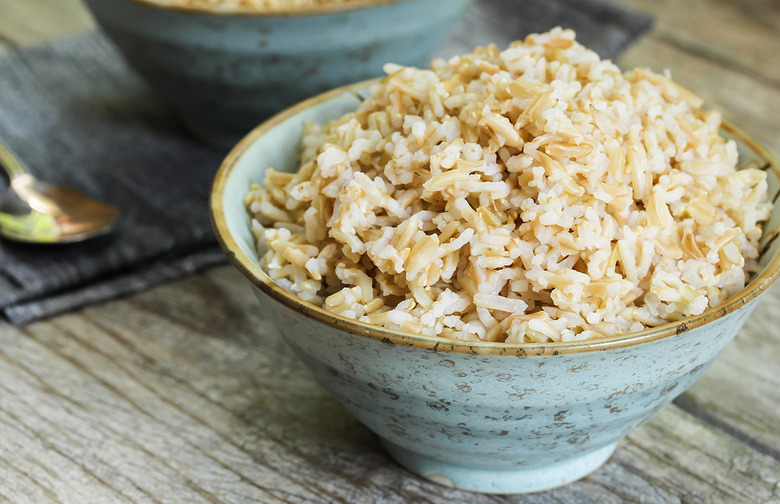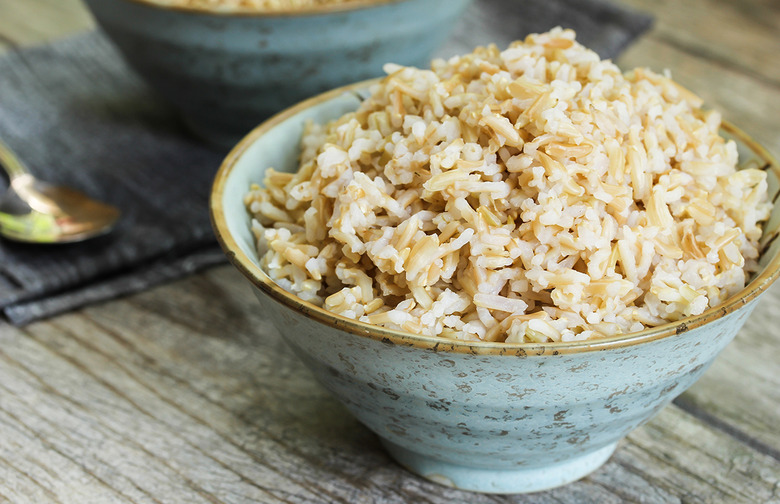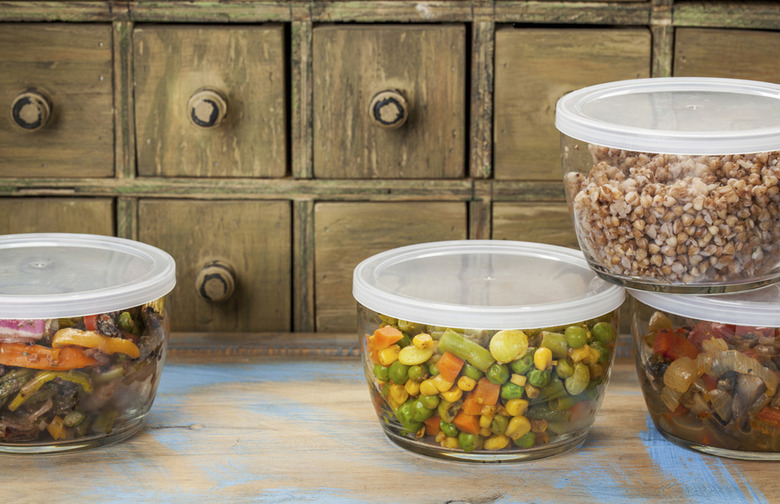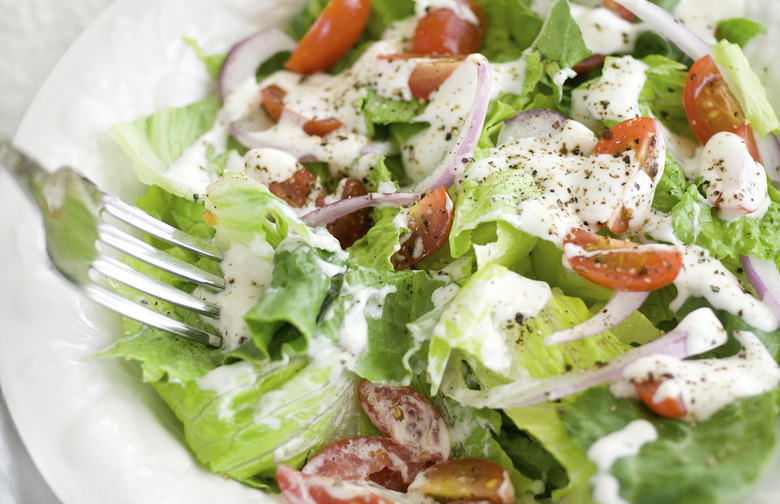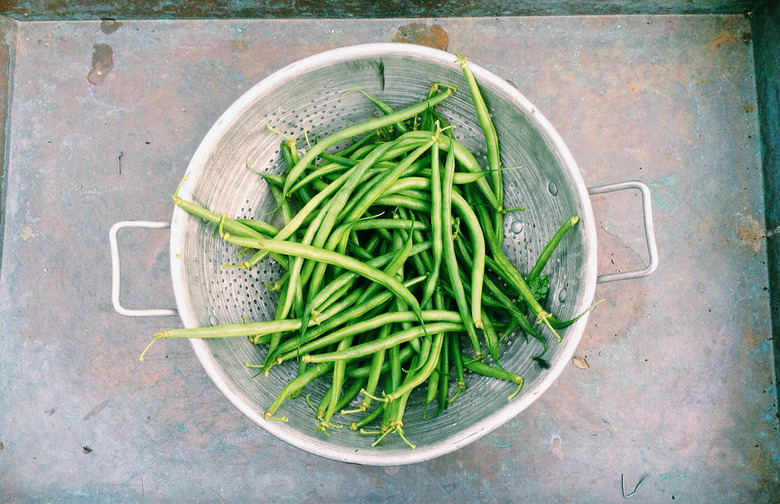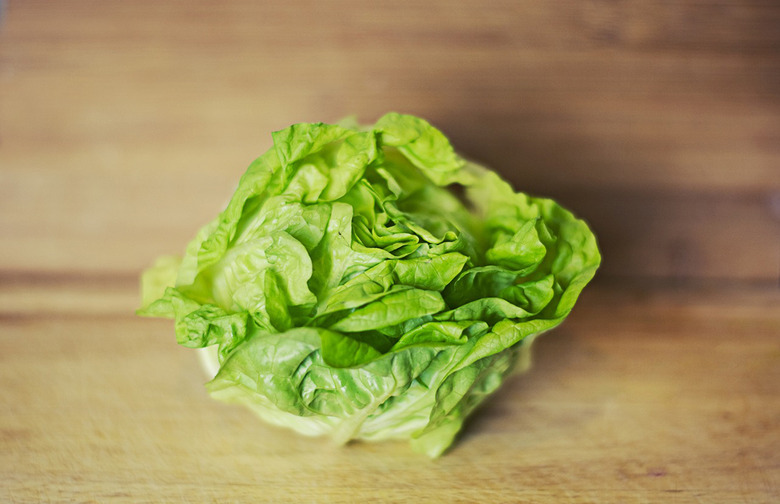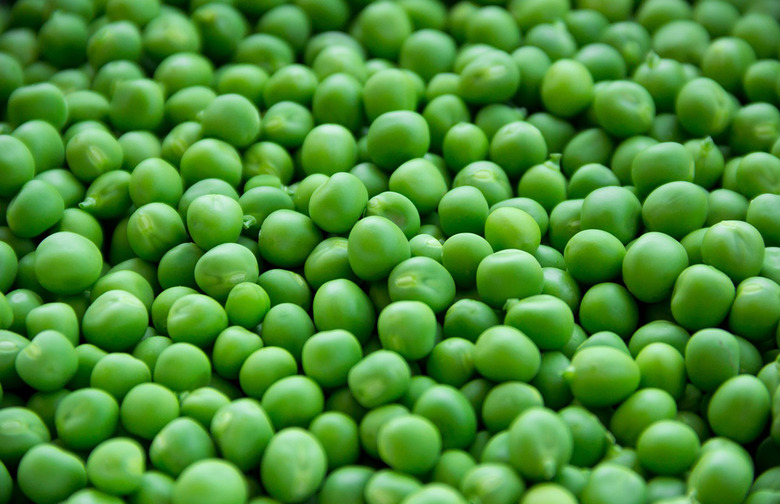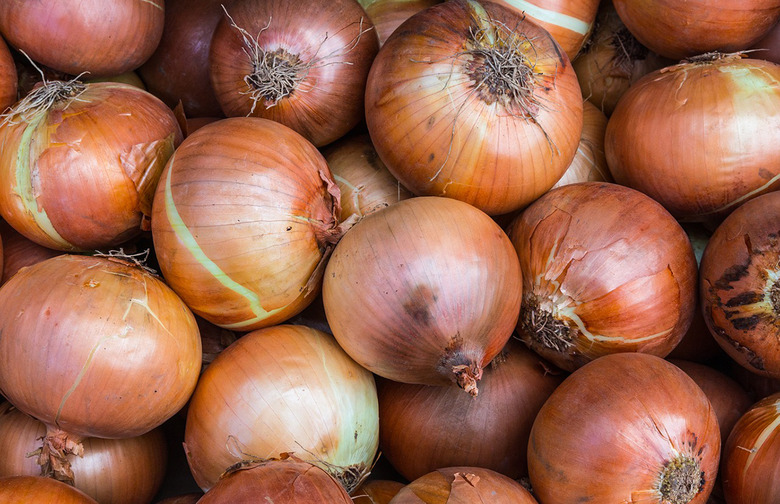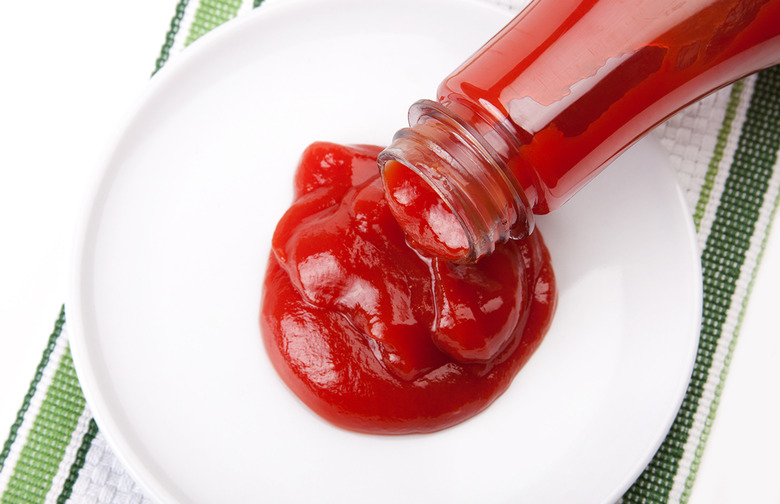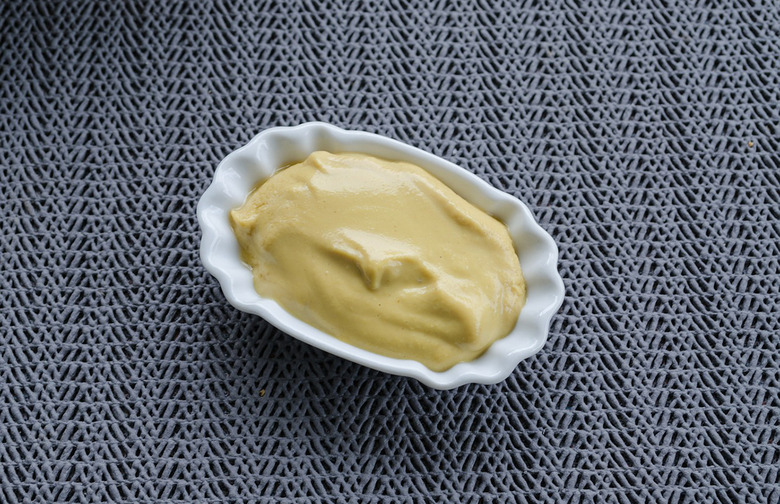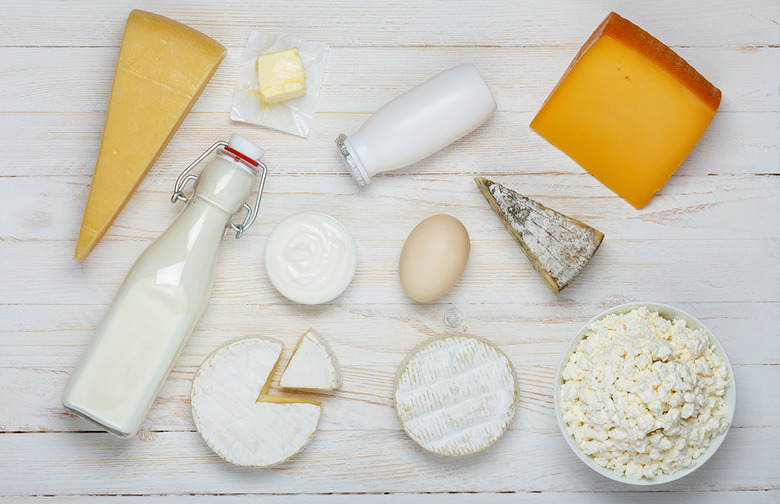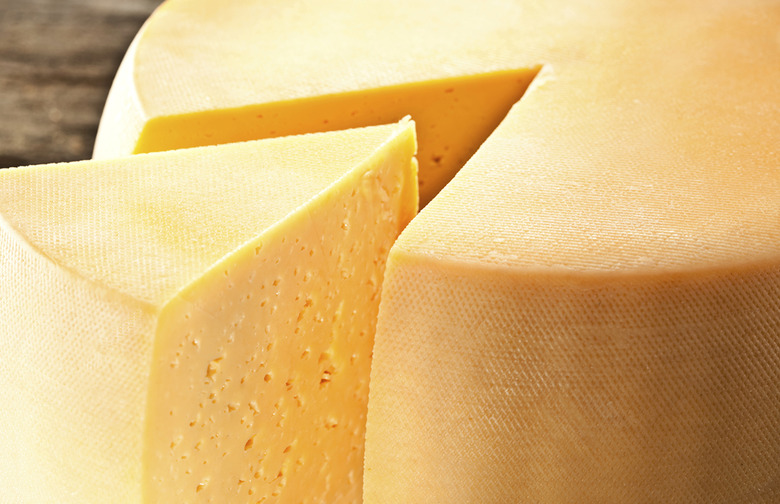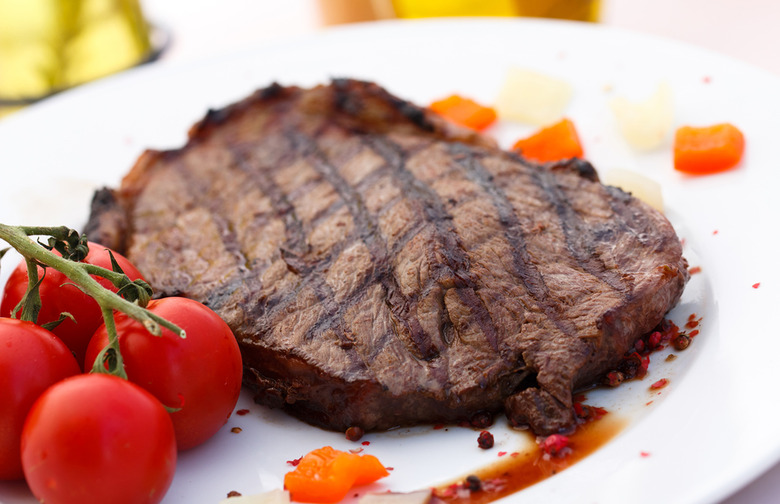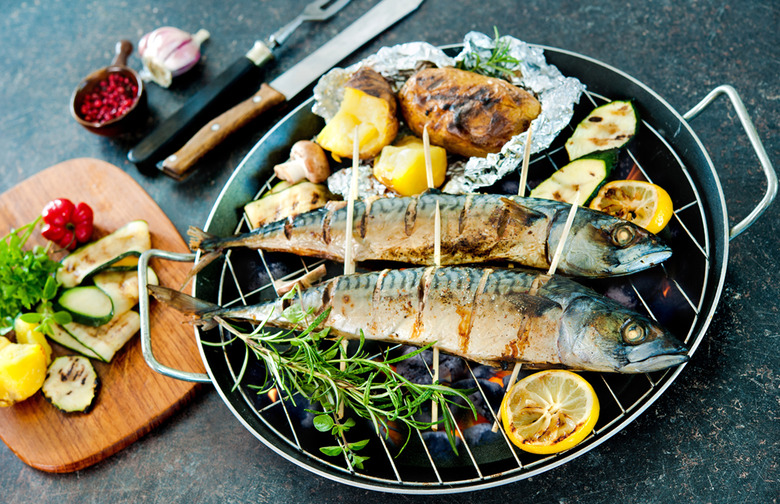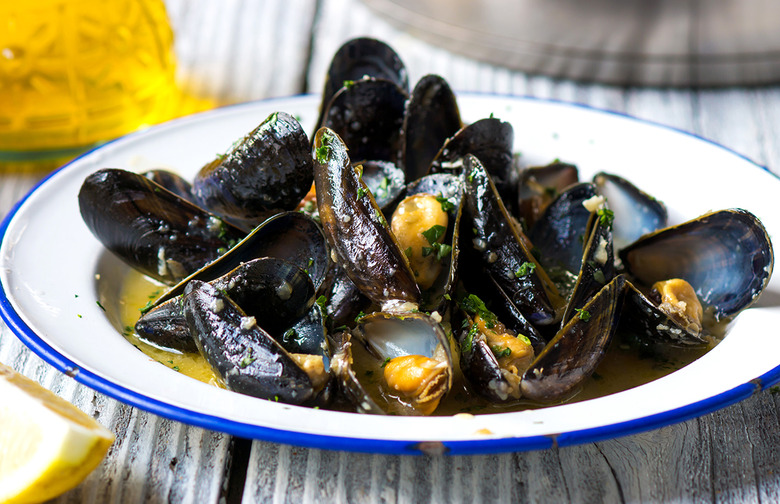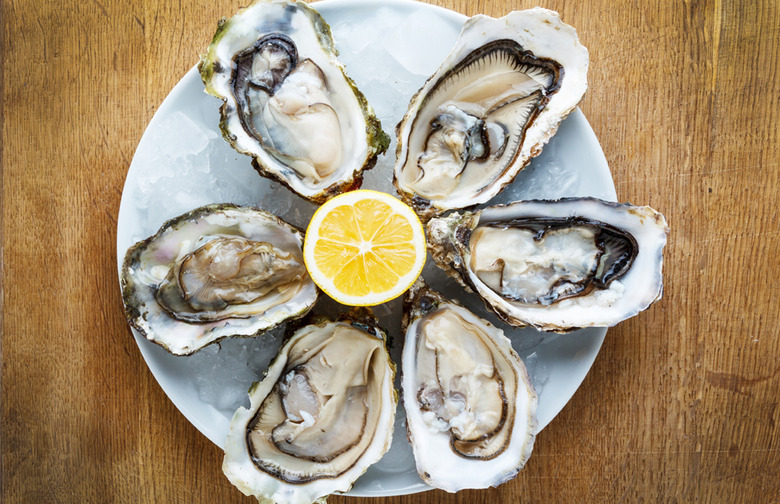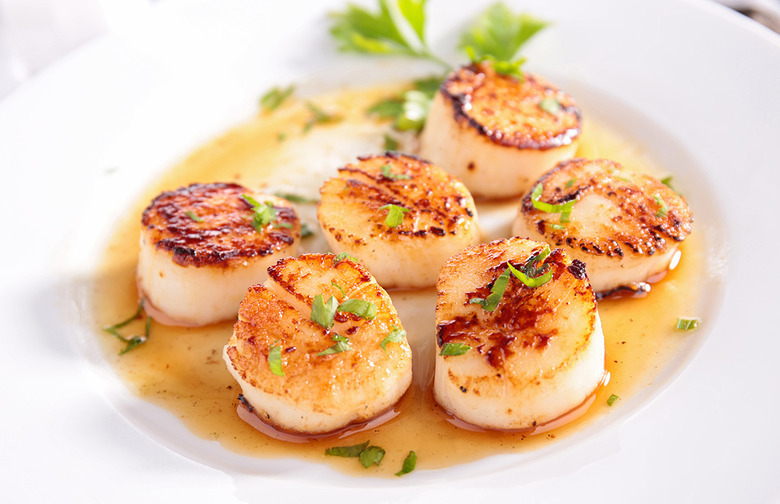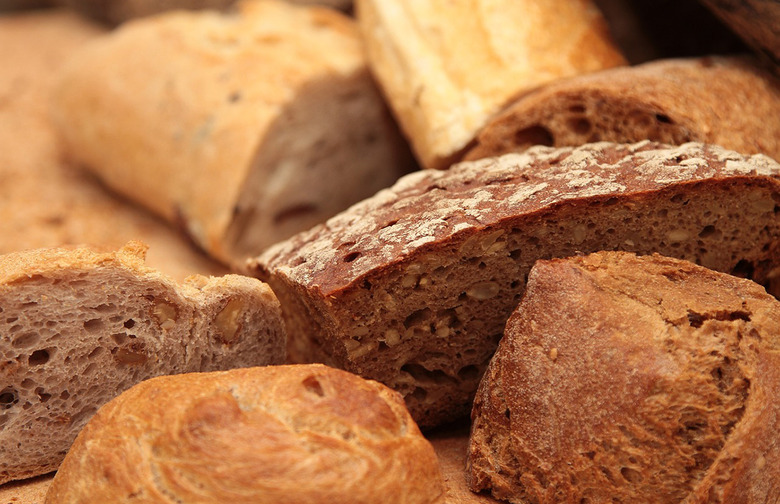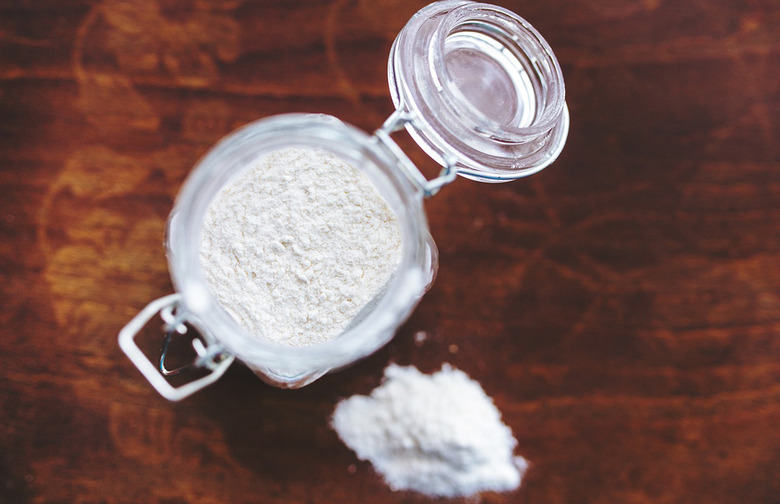Ways To Tell If Your Leftovers Are Still OK To Eat
Ways to Tell If Your Leftovers Are Still OK to Eat
When you reach into your refrigerator to nosh on those moo shu pork leftovers, you probably first check to see if it's still "OK" to eat, right? Give it a sniff, look for any signs of mold, and if it passes the smell and sight test, next comes taste. But food safety isn't always that simple, and a miscalculation in the slightest can result in a nasty, unwanted case of food poisoning. Knowing how long and what to check for can save you from unpleasant foodborne illnesses.
The first step is to always look for obvious signs of mold, texture changes, or unpleasant smells. Next, consider time and temperature. All food has a shelf life. Bacteria growth is slowed in the cold temperatures of your fridge, but a staggering 25 percent of refrigerators in the U.S. are kept at unsafe temperatures (above 40 degrees F). Regularly check the temperature of your fridge with a thermometer and adjust the settings accordingly to prevent unwanted food spoilage.
When storing leftovers, make sure you cool them down to at least 40 degrees F within two hours. An ice bath is a great way to do this without the risk of raising the temperature of your fridge or freezer with hot food. Finally, different foods just last longer than others, which is why we have broken down just how long you can safely eat these leftovers.
Cooked Food
Leftover, cooked foods should be kept in the refrigerator in an airtight container and eaten within four to five days. Food, whether cooked or not, should not be left at room temperature for more than four hours, otherwise the risk of food poisoning increases. If foods are in an abnormally hot room, then the time should be greatly reduced as bacteria grow in warmer temperatures. When storing food in the refrigerator or freezer, make sure it's in an airtight container or bag.
Prepared Salads
Produce
Lettuce
Mushrooms
When buying fresh mushrooms, generally you want to choose ones that are firm. You can refrigerate them for up to five days as long as they are stored properly — wrapped in a paper towel and then sealed inside a plastic bag.
Fresh Beans/Peas
Depending on the variety, they can be kept, tightly wrapped, in the refrigerator for 3 to 5 days.
Onions
Once cut into, onions should be tightly wrapped and stored in an airtight container in the refrigerator and used within four days.
Potatoes
Stored in a cool, dark place, generally most potatoes will keep for up to two weeks, while new potatoes should be used within a few days.
Condiments
Unopened condiments can last for up to two years, but if you are considering ways to use up that opened homemade barbecue sauce, you have about six months to finish the jar.
Peanut Butter
An open container of peanut butter will last in the pantry for about three months, but if you store it in the fridge, you can add another three to four months to its shelf life.
Jelly/Jam
The shelf life of jam is directly related to its sugar content. The higher the sugar content the longer the fruit preserves will keep without a noticeable loss in flavor. Most jams will last between six months and a year from the date the jar was originally opened.
Mustard
This life-saver ingredient adds flavor to our salad dressings, marinades, and sandwiches, but it only lasts so long stored in a refrigerator's conditions. Luckily, you have a year to consume most commercially made mustards that are stored in a refrigerator.
Soy Sauce
You should have plenty of time to finish off that bottle of opened soy sauce, since its shelf life is around three years when stored in the fridge.
Dairy
It is crucial to store dairy properly in the fridge to keep it from spoiling. While the door of the fridge is a popular place to store milk, the fluctuating temperatures from the opening and closing door can cause milk to sour faster. (With an already short shelf life of around seven days, it may be best to store milk and other dairy products on a shelf.)
Eggs
Fresh eggs should always be refrigerated if not used immediately because they lose quality quickly when stored at room temperature. While best used within a week, they can be stored for up to three to four weeks in the refrigerator. (Try to avoid placing them near smelly ingredients like onions or garlic because they easily absorb odors.) Cooked eggs should be used within one week.
Cheese
There are certain cheeses like gorgonzola or Roquefort that have mold that is safe to eat, but never eat mold on soft or fresh cheeses like Brie or mozzarella — they should be immediately thrown away. These types of cheeses can generally be stored tightly wrapped and in a plastic bag in the refrigerator for up to two weeks. (The bottom drawers or coldest part of your refrigerator are generally the best places to store these types of cheese.)
For semi-soft or firm cheeses like Cheddar or Gouda, if mold appears, then remove the mold (and the chunk that surrounds it) and tightly rewrap and store. These types of cheeses can be kept for two to three weeks in the refrigerator. (They don't need to be in the coldest part of the refrigerator.)
Yogurt
Don't toss this delicious and healthy snack too soon. Yogurt lasts between seven and 10 days past the sell-by date printed on the package.
Meat
In general, meat will last three to four days in the fridge once cooked. Make sure you cool and store your leftover dinner of steak or chicken in the fridge within two hours of cooking. As always, look for visible signs of spoilage. If it doesn't look or smell right, don't eat it.
Poultry/Ground Meats/Stew Meats/Lamb or Pork Chops
Steak/Roasts/Large Cuts of Meat
These cuts of meat can be kept for up to three to four days in the refrigerator as long as they are wrapped tightly. Same goes for cooked steaks and roasts.
Seafood
Most seafood is best consumed as fresh as possible and should only be refrigerated for up to two days before use. Three to four days is the safe range of time to eat cooked seafood.
Mussels
Whether live or shucked, mussels should be refrigerated and used in one to two days.
Crab
Raw crabmeat should be cooked within a day of the crab dying, while pasteurized or canned crabmeat should be eaten within four days of opening.
Lobster
Lobster should be cooked live or killed immediately before cooking. (Quick tip: When buying a whole cooked lobster, make sure that the tail is curled, which is a sign that it was alive when cooked — meaning it's very fresh). Once cooked, lobster has a shelf life of about four days.
Oysters
Live oysters can be refrigerated for up to three days, though the fresher they are, the better they'll taste. Shucked oysters can be refrigerated and used within two days.
Scallops/Shrimp
Grains
When it comes to storing cereal grains, be sure to keep them in a cool, dark location for optimal shelf life. Flour and rice might have a long shelf life, but they won't last forever. Keep sealed in airtight containers to prevent bugs from contaminating your food.
Flour
Flour can be stored for up to six months at room temperature because higher temperatures create a hospitable environment to bugs and mold. (It's not a bad idea to store it inside a plastic bag just to be safe in case you forget to throw it out in time.)
Rice
No matter what type of rice, it should be stored in a cool, dark place (much like oils, wine, and spices). White rice can be stored almost indefinitely, while brown rice will only keep up to six months.
